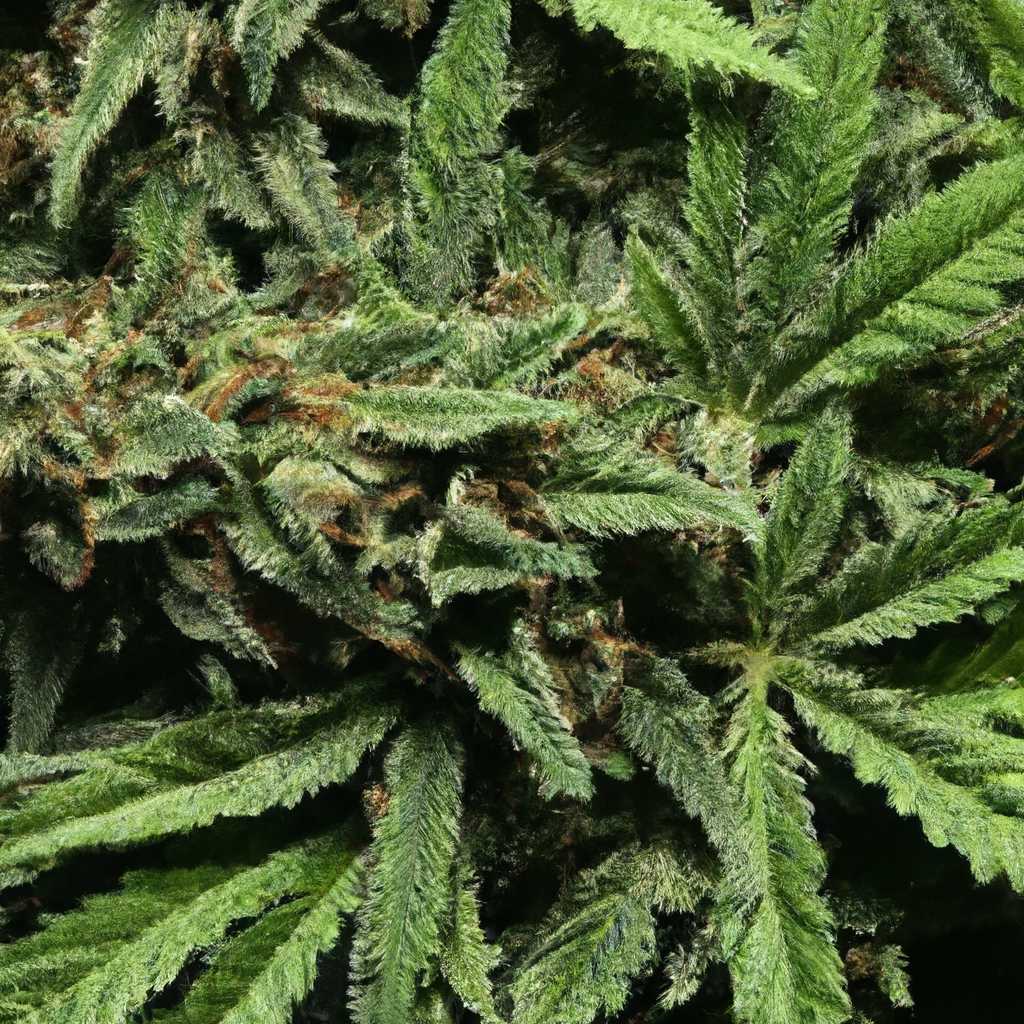As the cannabis industry continues to expand, sustainable practices are becoming more crucial than ever. One approach that holds immense potential is optimizing nutrient cycling. By focusing on the natural recycling of nutrients, growers can reduce waste, cut costs, and improve plant health. In this post, I’ll dive into the why and how of optimizing nutrient cycling for cannabis, drawing on my thirty years of experience growing in Colorado’s unique high-altitude environment.
Understanding Nutrient Cycling
Nutrient cycling is a natural process where organic matter breaks down in the soil, releasing nutrients that plants can use. In a well-managed system, this cycle maintains soil fertility, minimizes external inputs, and fosters a balanced ecosystem. By mimicking natural cycles, cannabis cultivators can achieve a more sustainable and resilient grow.
Benefits of Optimized Nutrient Cycling
- Reduced Input Costs: Leveraging natural nutrient sources can significantly cut down on fertilizers and chemicals, saving money while lowering environmental impact.
- Improved Soil Health: Continuous organic matter decomposition enriches the soil, enhancing its structure and nutrient profile, which in turn supports healthier plant growth.
- Eco-Friendly: This approach reduces the reliance on synthetic fertilizers and lowers greenhouse gas emissions associated with industrial agriculture.
Steps to Enhance Nutrient Cycling
- Cover Cropping: Planting cover crops like clover or hairy vetch can fix nitrogen, suppress weeds, and reduce erosion. Their decomposition returns nutrients to the soil.
- Compost Addition: Regular application of high-quality compost introduces beneficial microbes and organic matter, accelerating the nutrient cycle.
- Crop Rotation: Rotating cannabis with other plants can prevent nutrient depletion and disrupt pest cycles, maintaining long-term soil fertility.
- Soil Testing: Regularly assess soil to understand its current nutrient profile and make informed decisions about amendments and crop choices.
Case Study: John’s Magic Greens
At MagicGreenGrow, I incorporated this approach into my own operations. By rotating “Mile High Mystique” with cover crops and using homemade compost, I slashed fertilizer costs by 30% while boosting the overall terpene profile of my strains. The resilience of my crops against Colorado’s fluctuating high-altitude climate has also improved noticeably.
Conclusion
By optimizing nutrient cycling, cannabis growers can enjoy a myriad of benefits ranging from cost saving to enhanced plant health, all while contributing positively to the environment. It’s about working with nature, not against it. Remember, “Healthy roots, healthy buds, happy harvests.” Ready to take your cannabis growing to the next level? Start by implementing some of these nutrient cycling strategies in your own cultivation efforts.
– John “Magic” Greenleaf
Tags: Sustainability, Sustainable Cultivation, Organic Cultivation, Education Insights


Leave a Reply